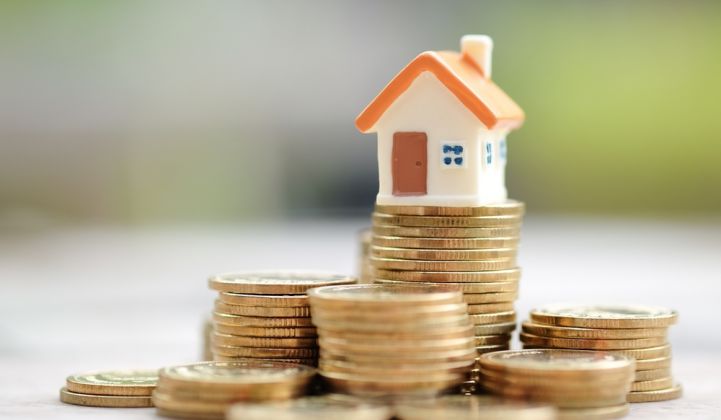Figures released this month show the cost of district heating has fallen to its lowest-ever level in Denmark. Cheap renewable energy was not directly responsible for the milestone, however.
Instead, low spot market prices, which may have been in part a result of renewable generation, caused an uplift in subsidies received by combined heat and power (CHP) plants under a 15-year-old support scheme that is due to be phased out at the end of this year.
The subsidy, which is inversely linked to electricity prices, helped cut the cost of CHP generation and, combined with low natural-gas prices, caused the average price of district heating to fall.
The Danish Energy Regulatory Authority, Energitilsynet, said household heating prices had fallen by an average of 3.8 percent in March 2018 compared to a year previous.
“A major reason for the fall in district heating prices over the last three years is thought to be falling heat production costs due to lower fuel costs and heat purchase costs,” said the regulator.
Heating in Denmark remains costly by North American standards, though. In the last year Danish consumers have seen annual heating bills shrinking by an average of 489 kr. ($77), from 12,761 kr. ($1,995) to 12,272 kr. ($1,919) for a "standard" home, which measures about 1,400 square feet in Denmark.
For comparison, homeowners in Alberta, Canada, which is at a similar latitude, might pay around USD $170 a year in natural-gas costs for a house of the same size, based on figures provided by Energy Efficiency Alberta.
High costs have made district heating a political agenda item in Denmark, despite prices dropping 9.1 percent in the last three years. Last year lawmakers approved a more than 60 percent cut in the tax on electricity used for heating purposes, as a temporary measure.
Thomas Capral Henriksen, chief adviser at the Danish energy association Dansk Energi, said there was hope this cut could be made permanent in a new national energy policy being hashed out by Denmark’s main political parties.
The timing of such a deal could be anywhere between a few weeks and more than a year from now, he said. In the meantime, though, Denmark’s district heating sector continues to grow.
Around two-thirds of Danish households use district heating, Henriksen said, with the technology being particularly prevalent in city apartment blocks.
Sales of air-water heat pumps, which help replace heating based on oil, gas or wood pellets, rose from 4,000 units to 6,289 in 2017. And Dansk Energi estimates Denmark might need up to around 600,000 heat pumps by 2050, when the nation plans to be free of fossil fuels.
This would equate to up to around 25,000 new heat pumps a year, said Dansk Energi senior consultant Richard Schalburg in a press release.
At the same time, Denmark is looking to upgrade large-scale district heating projects with a 23 million kr. ($3.7 million) package announced at the end of 2017.
The money is destined for 13 projects in 11 CHP-based district heating schemes and will involve adapting the plants to move away from fossil fuels and improve the utilization of intermittent renewable energy sources such as wind, according to reports.
The installed base of heat pumps already gives Denmark an energy storage asset that could potentially keep Danes warm for up to two or three days, Henriksen said.
And as this asset is increasingly optimized to draw power from low-cost wind and solar, it might not be long before renewables do manage to have a direct impact on Danish heating costs.
Many large CHP-based district heating plants run off biomass and so are already fully renewable, but the real prize for the sector would be to take advantage of ultra-low or even negative electricity pricing associated with high levels of wind generation.
With subsidy schemes coming to an end, this year could be a good opportunity to make that move. “Many of the combined heat and power plants which are going to lose the subsidy are looking into using cheap wind power,” Henriksen said.
“If they start planning now, I think they’ll be able to commission large-scale heat pump solutions within two or three years, maybe five.”




